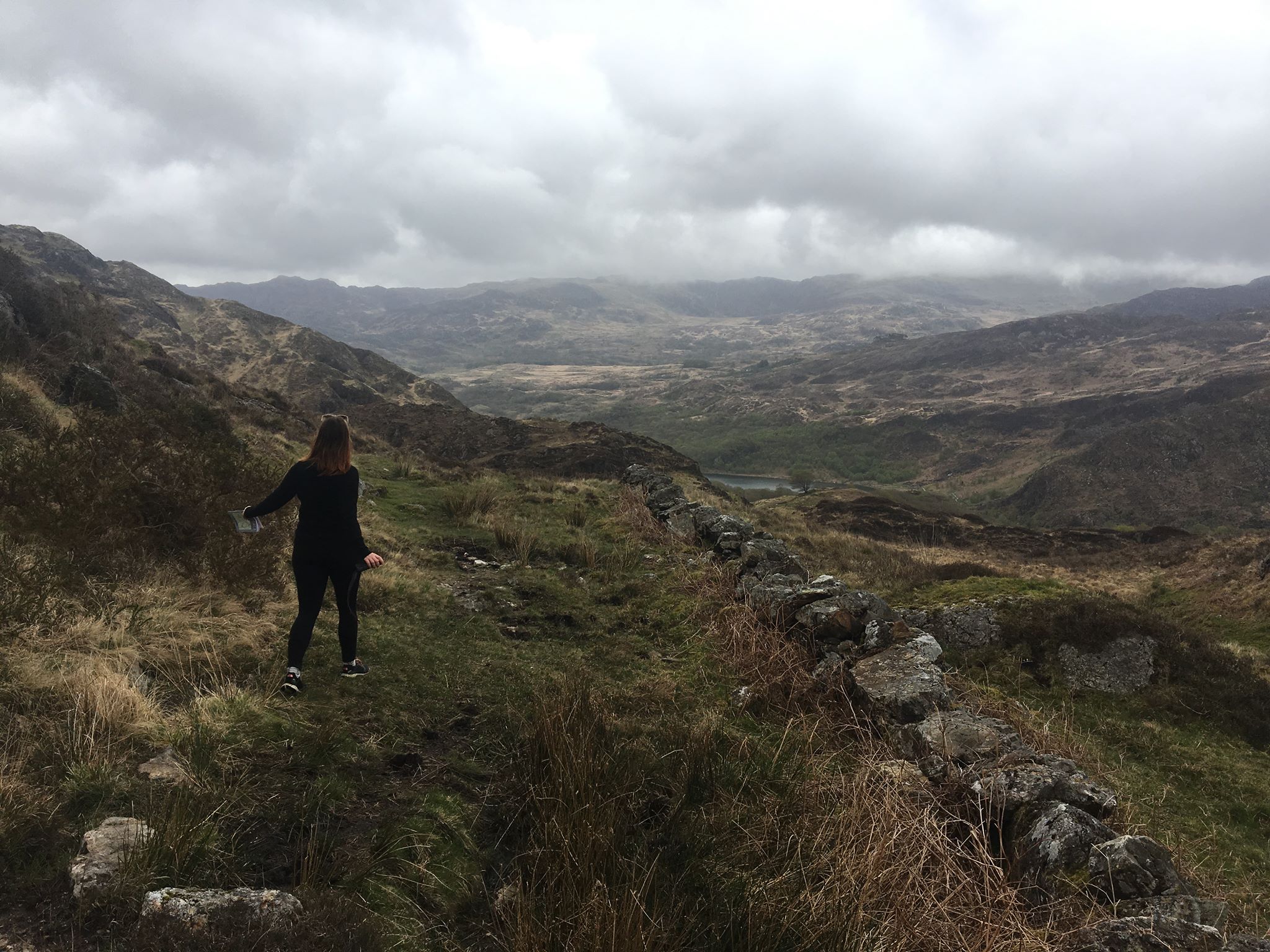
Sarah Harlan-Haughey
Hi, I’m Sarah, and I specialize in Medieval Literature here at UMaine, part of a strong interdisciplinary core of scholars of the Medieval and Early Modern in literature and related humanities fields. Although I deal with diverse subjects and languages, I prefer to think of myself as a synthesist rather than a generalist; that is, the kind of work I most like to do is holding two or more cultural artefacts together and see what new discoveries emerge from the juxtaposition. Specifically, I read the materia of the middle ages for clues and revelations about the way people thought about their natural environment.
Right now, I’m at work on two projects: one is a book titled The Outlaw King: Late Medieval Festivity and Virtual Reality, in which I am hoping to show how the idea of Robin Hood and his merry men suffused late medieval life. I see the late medieval and early modern outlaw material as an interface genre that tells us much about the way late medieval texts of many different genres were in conversation with each other. It tells us also about the ways people inhabited their seasons in an embodied and ritualized way, as well as about the ways they responded to regional and national politics and festive states of being. In other words, I think Robin Hood and his merry men offered an escapist virtual reality that many people took refuge in.
I am also working on another book project (Layamon’s Ecopoetics: Death, Landscape, and Poetry in the Brut) about an idiosyncratic early Middle English poet named Layamon, who was writing an epic poem about the history of Great Britain—with a special focus on King Arthur. I am fascinated by this poet’s unique aesthetics, the way he expressed through some very powerful poetic imagery, a cyclic sense of different generations’ death, decay and absorption into the ever-changing landscape of Great Britain. I get the sense that this poet felt some kind of ecological paranoia; he seemed to be anxious not only about the cultural chaos of his society, but also about the ways human history impacts the natural world, and vice versa. This poetics of nature, although owing much to Anglo-Saxon, Norse, Welsh, and Latin traditions, is unique to Layamon, and is a product of the particularly multicultural post-Conquest society to which he belonged. So I’m trying to get a clearer sense of the kinds of cultural and natural anxieties current in the period, in order to better understand Layamon’s ecopoetics. For this reason, I spent part of my sabbatical year backpacking around Great Britain, examining some of the landscapes Layamon fixates on, in order to get a sense of the geological, geographical, and environmental realities of England as a central metaphor for cultural change. Have a look for yourself!
